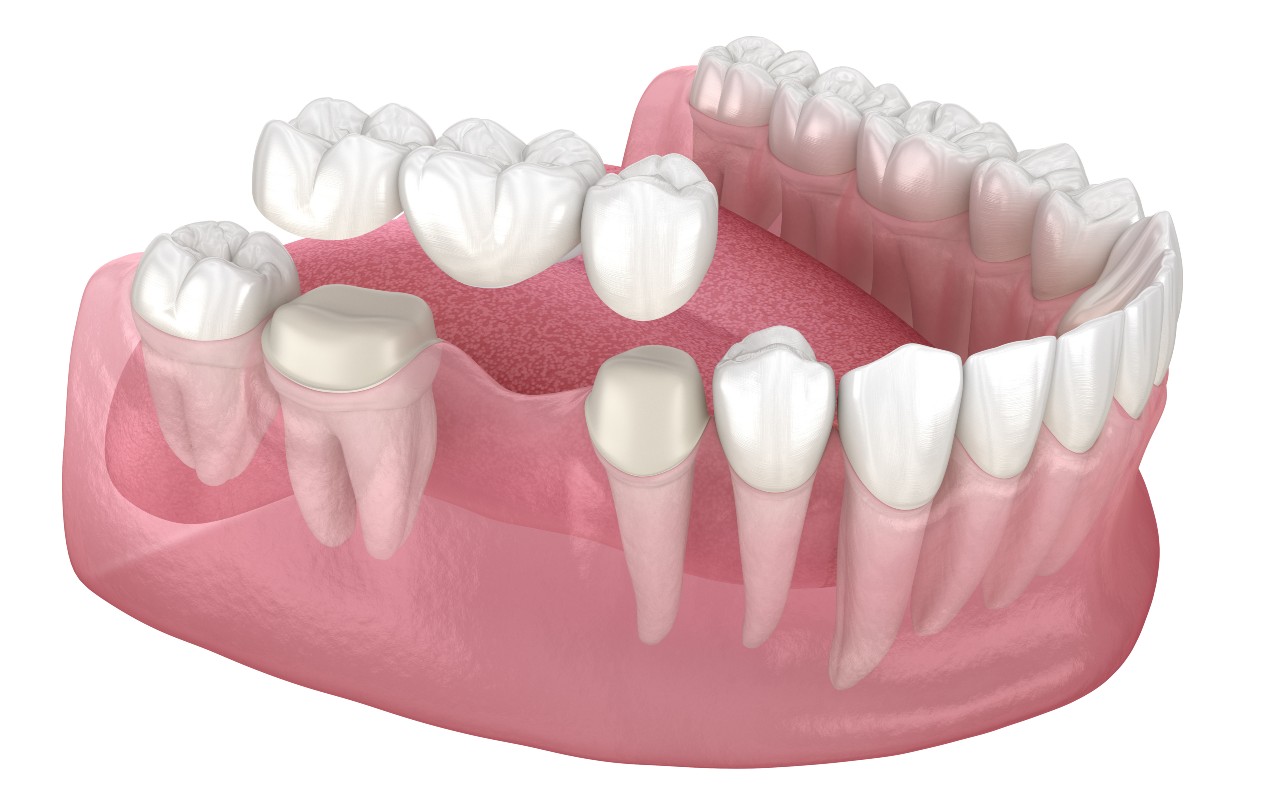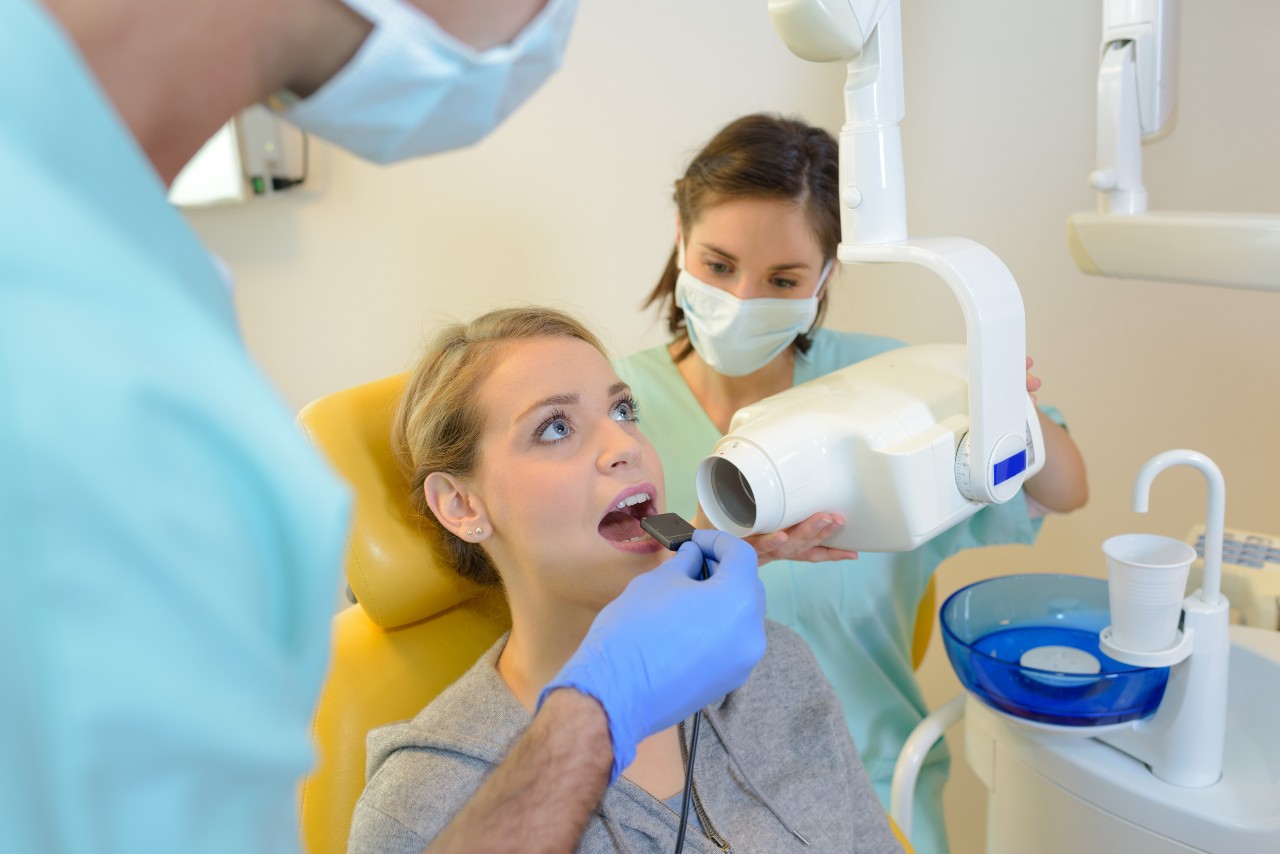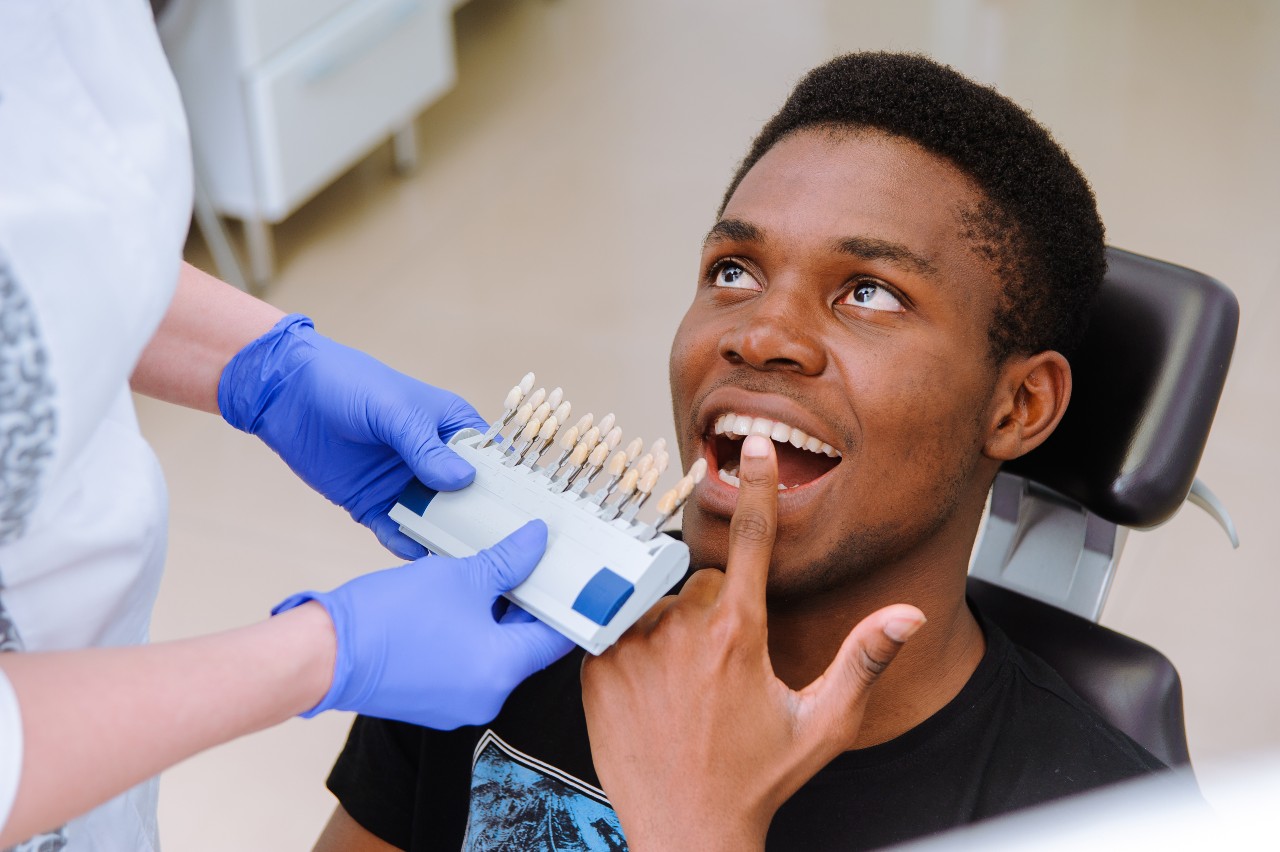Dental bridges help to bridge the gap between one or more missing teeth. Bridges have one or more crowns or implants on either side of the gap and false teeth in-between them. If you have a gap caused by a missing tooth and that gap is embarrassing, a bridge may be right for you. Bridges are typically made from porcelain material, and this looks natural and blends in with your other teeth.
There are many different types of bridges available. Depending on how many teeth are missing, and if you have natural teeth on both sides will help decide what type of bridge is recommended.
Types of Dental Bridges
Traditional Bridge
A traditional bridge is a type of bridge with two anchoring crowns on either side of the replacement tooth. This is the most popular type of bridge, and is used when the gap has natural teeth on both sides.
Cantilever Bridge
A cantilever bridge is used when there are adjacent teeth on only one side of the missing tooth. This type of bridge is not used as much anymore, and it not as common as the other options. Cantilever bridges tend to put too much pressure on other teeth and this can cause damage.
Maryland Bonded Bridge
This type of bridge has metal or porcelain wings, and these are bonded to the existing teeth. Maryland bridges are made out of porcelain or porcelain fused to metal.
Implant Supported Bridge
This type of bridge is similar to the traditional dental bridge, but is supported by a dental implant. The implant is inserted into the jaw and the bridge is attached above the gum line. This type of bridge has an advantage over the other types and helps to prevent bone loss. Implant supported bridges are the most stable compared to other bridge options. Surgery is required to insert the implant and does take longer.
What Are the Advantages With Dental Bridges?
- A dental bridge offers an effective solution for tooth replacement. Bridges are aesthetically pleasing and help restore mouth function.
- Helps to maintain structure in the mouth and hold teeth in place to reduce shifting and bite issues.
- Helps to reduce bone loss and maintains facial structure.
- Is comfortable in the mouth and feels like a natural tooth.
- Does not require removal for cleaning. Bridges should be cleaned just like natural teeth with brushing and flossing daily.
Looking To Find Out More?
If you are interested in finding out if a bridge is right for you, scheduling a consultation in our office is the first step. Dental bridges are affordable and a reliable solution for missing teeth. Let us help you get that perfect smile!
To schedule your consultation please contact our office, and our staff will be happy to assist you.




